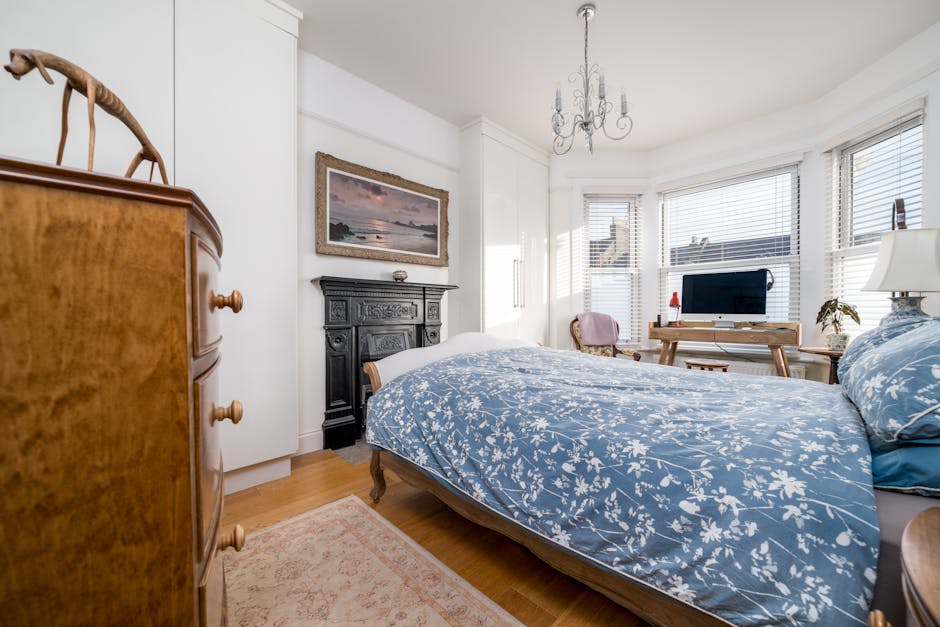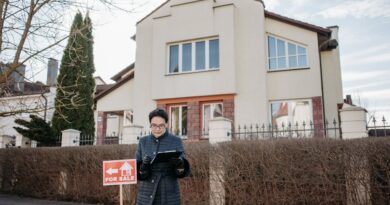Virtual Staging vs Traditional Staging
Welcome to the world of home staging, where the art of presentation can make a world of difference in the real estate market. In recent years, two distinct methods have emerged as popular options for showcasing properties: virtual staging and traditional staging. While both approaches aim to enhance the appeal of a home and attract potential buyers, they utilize different techniques and technologies to achieve this goal. In this comprehensive guide, we will delve into the world of virtual staging vs. traditional staging, exploring their unique features, benefits, and potential drawbacks. Join us as we uncover the secrets behind these two contrasting methods and discover which one might be the best fit for your next real estate venture.
The Evolution of Home Staging
Before we dive into the specifics of virtual vs. traditional staging, let’s take a brief look at the evolution of home staging as a concept. The practice of staging homes for sale dates back to the 1970s when real estate agents started to recognize the importance of presentation in attracting buyers. Traditional staging, which involves physically furnishing a property with furniture and decor, quickly became the go-to method for showcasing homes in their best light. However, with the advancement of technology in the 21st century, virtual staging emerged as a viable alternative, offering a more cost-effective and flexible solution for sellers and agents.
The Basics of Traditional Staging

Traditional staging involves the physical placement of furniture, accessories, and decor in a vacant or occupied home to create a warm and inviting atmosphere. Professional stagers carefully curate each room, selecting the right pieces to highlight the property’s best features and appeal to potential buyers. This hands-on approach allows sellers to showcase the home’s full potential, helping buyers envision themselves living in the space. While traditional staging can be a time-consuming and costly process, many real estate experts believe that the investment is well worth it, as staged homes tend to sell faster and at higher prices than unstaged properties.
The Rise of Virtual Staging
Virtual staging, on the other hand, is a relatively new concept that utilizes digital technology to enhance the visual appeal of a property. Instead of physically placing furniture in the home, virtual stagers use computer software to digitally insert images of furniture, decor, and other design elements into photographs of empty rooms. This allows sellers to showcase a fully furnished home without the hassle of moving furniture or making costly purchases. Virtual staging is a more cost-effective and convenient option for sellers, especially for vacant properties or homes in need of a style update.
Key Differences Between Virtual Staging and Traditional Staging
While both virtual staging and traditional staging aim to enhance the presentation of a property, they differ in several key aspects. One of the main differences is the cost involved traditional staging can be significantly more expensive than virtual staging, as it requires the purchase or rental of furniture and decor. Virtual staging, on the other hand, is a more budget-friendly option, making it accessible to a wider range of sellers and agents.
Another important difference is the level of customization and flexibility offered by each method. Traditional staging allows for a more personalized touch, as stagers can choose specific pieces of furniture and decor to suit the home’s style and layout. Virtual staging, while limited in terms of physicality, offers endless possibilities for customization, with digital stagers able to experiment with different styles, colors, and layouts to create the perfect look for a property.
Benefits of Traditional Staging
Despite the rise of virtual staging, traditional staging continues to be a popular choice for many sellers and agents. One of the main benefits of traditional staging is the tangible nature of the process buyers can physically see and touch the furniture and decor, creating a more immersive experience. Traditional staging also allows for a more authentic representation of the home, as buyers can see how the space will look and feel in person.
Additionally, traditional staging is often credited with creating an emotional connection between buyers and the property. By staging a home with care and attention to detail, sellers can evoke positive emotions in potential buyers, making it easier for them to envision themselves living in the space. This emotional appeal can lead to faster sales and higher offers, making traditional staging a valuable investment for sellers looking to maximize their property’s value.
Benefits of Virtual Staging
Virtual staging offers a host of benefits that make it an attractive option for sellers and agents alike. One of the key advantages of virtual staging is its cost-effectiveness digital staging is typically much cheaper than traditional staging, making it an affordable option for sellers on a budget. Virtual staging also offers greater flexibility and convenience, as stagers can easily make changes to the design without the need to physically move furniture or accessories.
Another benefit of virtual staging is its ability to showcase a property’s potential in a creative and innovative way. With virtual staging, sellers can experiment with different styles, layouts, and color schemes to create a visually stunning presentation that appeals to a wide range of buyers. Virtual staging also allows sellers to showcase multiple design options, giving buyers a better sense of the property’s versatility and potential.
Challenges of Traditional Staging
While traditional staging offers many benefits, it is not without its challenges. One of the main drawbacks of traditional staging is the cost involved staging a home with physical furniture and decor can be expensive, especially for larger properties or high-end homes. Additionally, traditional staging can be a time-consuming process, requiring coordination between stagers, sellers, and real estate agents to ensure that the home is presented in the best possible light.
Another challenge of traditional staging is the limited flexibility it offers in terms of design choices. Once furniture and decor are placed in the home, it can be difficult to make changes or experiment with different styles without incurring additional costs. This lack of flexibility can be a disadvantage for sellers looking to showcase their property in a unique or innovative way.
Challenges of Virtual Staging
Virtual staging, while a popular option for many sellers, also has its own set of challenges. One of the main drawbacks of virtual staging is the potential for inaccuracy or misrepresentation. Since virtual stagers rely on computer software to insert furniture and decor into photos, there is a risk that the final result may not accurately reflect the true size or scale of the room. This can lead to disappointment for buyers who visit the property in person and find that it looks different from the staged photos.
Another challenge of virtual staging is the lack of physicality and sensory experience it offers. While virtual staging can create stunning visual presentations, buyers may miss out on the tactile experience of touching and feeling the furniture and decor. This can make it harder for buyers to connect emotionally with the property, potentially leading to a longer sales process or lower offers.
Expert Opinions on Virtual Staging vs. Traditional Staging
When it comes to the debate between virtual staging and traditional staging, experts in the real estate industry offer a range of opinions and insights. Some argue that traditional staging is the gold standard for showcasing a property, as it allows buyers to see and experience the home in person. Others believe that virtual staging offers a more cost-effective and flexible option for sellers, especially in today’s fast-paced real estate market.
According to a study conducted by the National Association of Realtors, 83% of buyers’ agents believe that staging makes it easier for buyers to visualize the property as their future home. While the study did not specifically compare virtual staging to traditional staging, it highlights the importance of presentation in the real estate market and the positive impact staging can have on the sales process.
Final Thoughts
In conclusion, the debate between virtual staging and traditional staging continues to divide opinions in the real estate industry. While both methods offer unique benefits and challenges, the key is to choose the approach that best suits your needs and budget. Whether you opt for the tangible appeal of traditional staging or the cost-effective convenience of virtual staging, the goal remains the same to present your property in the best possible light and attract potential buyers.
To wrap things up, virtual staging and traditional staging each have their own strengths and weaknesses, and the decision ultimately comes down to your specific goals and preferences. Whichever method you choose, remember that presentation is key in the real estate market, and investing in staging can make a significant difference in the success of your home sale. So, whether you go the traditional route or embrace the digital revolution, make sure to put your best foot forward and showcase your property in a way that captivates buyers and seals the deal.




